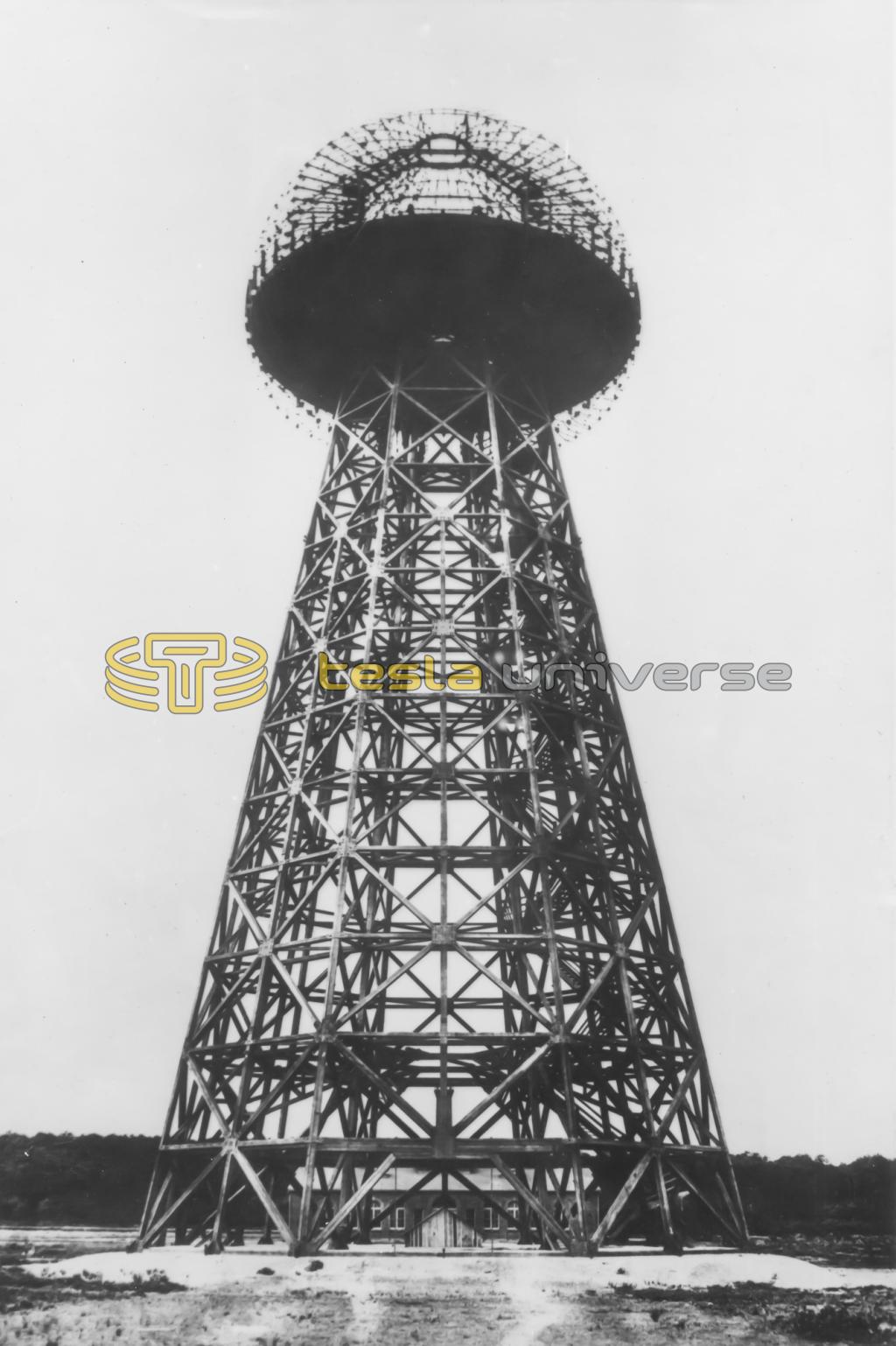TCBA Volume 13 - Issue 1
Page 7 of 18
Book Reviews
Tesla's sparks of imagination
The fledgling broadcasting industry of the early 1900s was blighted by fierce patent litigations. Patents in this highly innovative field were often loosely formulated and most wireless systems contained devices whose patents were held by several inventors or entrepreneurs. One of the most charismatic of these people was Nikola Tesla (1856-1943), an American born in Croatia of Serbian parents, who briefly worked for Edison and Westinghouse before carving out a career as a freelance inventor. It is generally known that he invented the induction motor based on the rotating magnetic field and the alternating-current polyphase power distribution system. He was assisted in this task by Westinghouse but hindered by Edison who had committed himself to direct current. During the “battle of the systems”, Edison successfully lobbied New York State to adopt alternating current for the electric chair, and then pointed out in mock horror the deadly nature of these currents. Tesla fought back just as ferociously, won the battle for alternating current supply, and became the darling of New York society for his ‘magical’ experiments with powerful high-frequency currents.
It is far less well known that until 1943 Tesla, and not Marconi, was recognized by the US Supreme Court as having priority in the invention of radio. Recently, a remarkable legal document has surfaced that places this research in the context of Tesla's work on radio technology and electromagnetic radiation and propagation. This document, never intended for publication, is the transcript of a pre-hearing interview with Tesla by his legal counsel in 1916 to prepare themselves before he pressed his claims against the Marconi Company, and also to protect his own patent interest when called as an expert witness. The transcript has been edited by Leland I. Anderson and now appears in Nikola Tesla on his Work with Alternating Currents and their Application to Wireless Telegraphy, Telephony, and Transmission of Power (Sun Publishing, Denver, Colorado 80219, USA, $40, pp. 237 (pbk)).
Tesla gives a fascinating account of the stages that led him in the 1890s to attempt to transmit electrical power through the earth without the use of wires. He developed spark and continuous-wave transmitters (installed on US Navy ships before the First World War), but in the end he almost perversely rejected wireless transmission by hertzian waves as too wasteful of energy, and opted instead for a system of worldwide communication by conduction through the earth. After initial experiments at Colorado Springs, Colorado, he unsuccessfully developed a commercial station in 1912 at Wardenclyffe, Long Island. He constructed a 167-foot tower transmitter (shown here) that ended in a large metal-clad wooden sphere and which was connected to the earth by a 60-foot shaft through which the current passed. The electrical potential achieved was so great that the tower antenna had to be separated from its power plant by 350 feet, lest sparks should jump from the tower to the chimney of the power plant. This structure is described in detail in the second document reproduced in this volume, a legal document in which Tesla appealed in 1916 against the Wardenclyffe foreclosure judgement instigated by his debtor, George C. Boldt of the Waldorf-Astoria. This extraordinary structure was destroyed the previous year so that the property could be developed commercially. With it went Tesla's dream of worldwide wireless telephony.
Tesla was one of the most talented designers of electrical apparatus of his generation - some (including Tesla) would argue that he was the most prophetic and innovative - yet he never fulfilled his true potential. He received many honours and was twice nominated for the Nobel prize: in 1912 with Edison (Tesla refused to be associated with his old adversary) and in 1937 in his own right. In his final years, Tesla was a recluse, living in a succession of New York hotel rooms with only pigeons for company. He died an eccentric, embittered man. His papers were seized by the Alien Property Office and are now in the Nikola Tesla Museum in Belgrade. The unit of magnetic induction, the tesla, was named in his honour, and reminds us of one of the masters of an heroic epoch of electrical technology.
Willem Hackmann
Willem Hackmann is at the Museum of the History of Science, Old Ashmolean Building, Broad Street, Oxford 0X1 3AZ, UK.
Reprinted by permission of Nature Magazine and author Willem Hackmann
nature
17 June 1993
Vol. 363 Issue no. 6430

